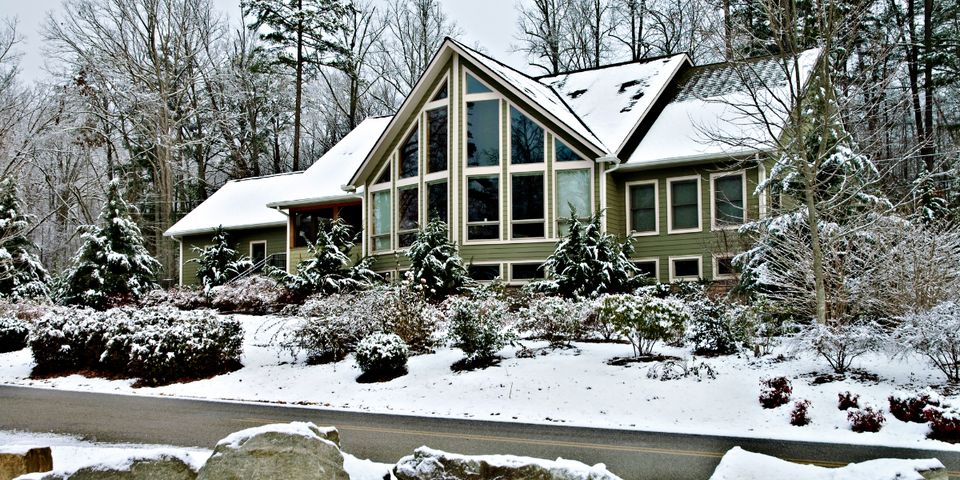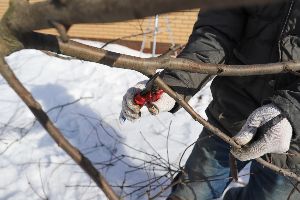
Your garden goes dormant in winter, with plants, bushes, and trees conserving energy and abstaining from active growth until spring. While this is a low-maintenance time of year for lawn care, there are still a few tasks you should keep up with during the colder months. Pruning shrubs and bushes is one important winter gardening job. The following guide explores why it's important and what to keep in mind for cold-weather pruning.
Why You Should Prune in Winter

Winter is a good time for pruning for several reasons. First, cutting back branches and twigs lets bushes and trees concentrate energy on producing healthy, new growth once the weather warms up. Second, it's easier to identify dead branches to cut when there aren't leaves in the way. Further, the lack of foliage lets you see branches clearly, so you can precisely trim growth according to the desired shape.
Winter pruning also helps keep your garden healthy. When the weather is cold, parasites, bacteria, and other microorganisms responsible for plant diseases die or go dormant. This means you're less likely to transmit diseases from one tree or bush to the next by pruning with the same set of shears. In general, wintertime pruning is less stressful for trees. Since they're dormant, pruning won't stimulate new growth like it usually does. This lets the cut portions close and "heal," keeping out diseases and pests.
What to Know About Pruning in the Cold Season
Pruning should be done in late winter as the weather is warming up. If you prune in early winter, you risk the cut parts drying out due to freezing temperatures. Further, note that not all trees, bushes, and shrubs require winter pruning. During winter, only plants that bloom on new growth should be pruned. This refers to plants whose buds and flowers will grow on the stems that develop in the same season. For example, a hydrangea will grow new twigs each season and flower from those fresh twigs. In contrast, a forsythia's blooms will grow on last year's stems.
Pruning should only be done on dry days to minimize the risk of moisture-related plant diseases, like mildew and fungal growth. The general process should begin with dead and diseased branches, followed by pruning the lower branches, then shaping the sides and tops of the bush or tree.
Pruning keeps your garden healthy and ready to flourish when spring arrives, and Lakeview Garden Center & Landscaping in Fairfield, OH, has everything you need for gardening. Choose from their wide selection of flowering shrubbery, trees, and evergreens. These professionals have served the Cincinnati area for over 30 years, providing expert landscaping services backed by a deep knowledge of the local vegetation suitable for gardening in Ohio's climate. Visit the website to browse some of their work, or call (513) 829-6624 to request a quote.
About the Business
Have a question? Ask the experts!
Send your question

